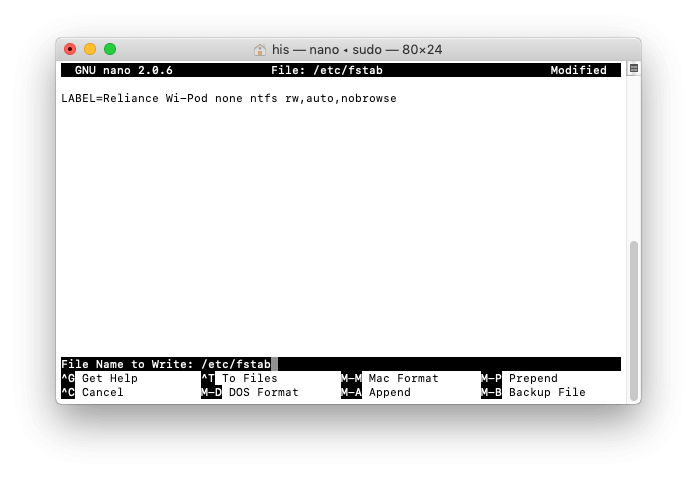
Make sure you have downloaded Homebrew, which is a command line package manager. In any case, you can use FUSE for macOS to write over NTFS formatted disk by following these steps: The process that FUSE for macOS uses is tedious and can get very technical, which might make people who are not very comfortable in rebooting into recovery mode and using Terminal quite uneasy. OSXFUSE – FUSE for macOS is an open source, GitHub-hosted application that basically operates a mechanism that allows the implementation of a fully-functional file system in a macOS program. Some are free, but these may be more difficult to set up and less reliable, so if you want surer options when working with your drive, you may want to consider going for paid applications. There are applications available online that have been developed for this OS X limitation. If the above are not your concerns, and want to make transfer between your computers with different operating systems easy, re-formatting your drive is the fix for you. FAT only allows file transfer of size 4GB and below. If you need to transfer files that are higher than 4GB on one go, FAT isn’t the format for you. Re-formatting your drive to FAT format will erase all the data saved on it. If you’ve data on your drive that you haven’t backed up. 
This might not be the solution for you for the following reasons:

But if your drive is relatively new, and you don’t have any files in your drives to keep intact, re-formatting and converting your drive to FAT is an easy workaround to the issue. Obviously, NTFS has several advantages as a format-it’s newer and has been tested to work faster than its FAT-formatted counterparts.
WRITING TO NTFS ON MAC FULL
By the way, FAT (File Allocation Table) is an older file system created by Windows, and which OS X has full read and write compatibility with. The easiest way to bridge this gap between formats is to just re-format your drive into FAT.






 0 kommentar(er)
0 kommentar(er)
